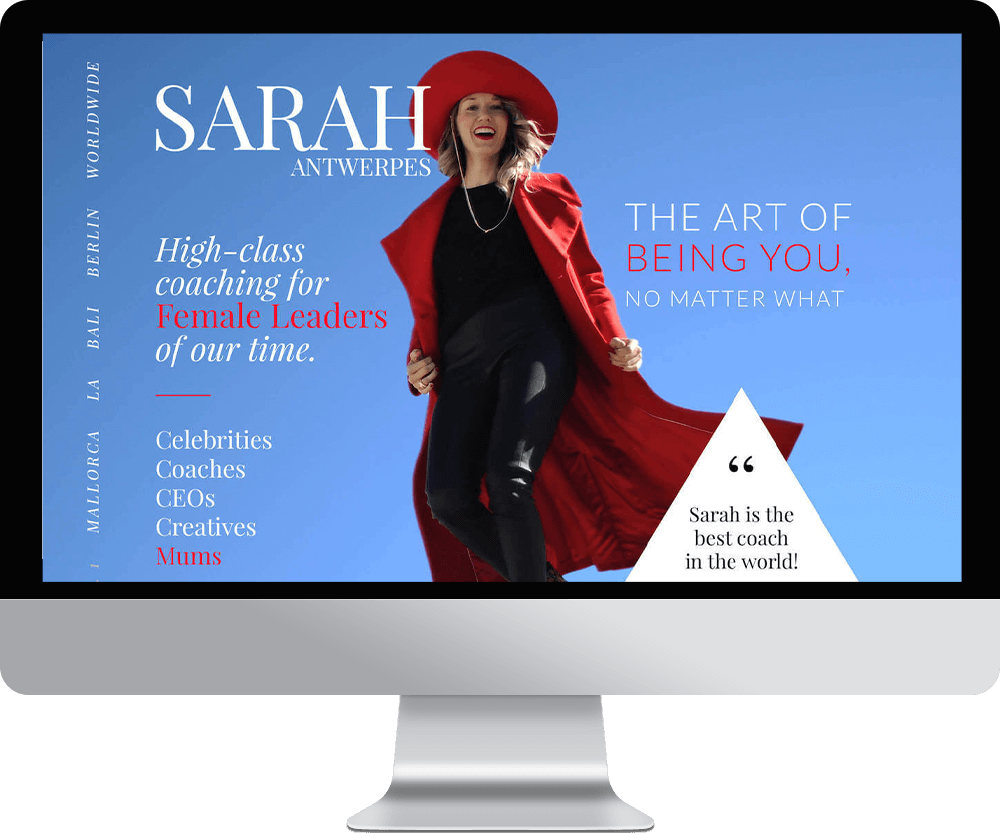Think about the last time you used an app or website and everything just worked. That’s good user experience (UX). Now, what if your business could give that same feeling to other businesses? That’s what B2B user experience is all about. And trust us, it’s important. A great UX makes your customers happy, and it can help make your brand stronger.
What Makes B2B User Experience Special?
First, let’s talk about what sets B2B user experience apart from B2C (Business-to-Consumer). In B2C, you’re usually selling to one person, and their choices might be based on personal likes or dislikes. But in B2B, entire teams or companies are the customers. They have different needs, different goals, and more people involved in the decision. So, the experience you provide has to please not just one person, but many. It’s a tough job, but it’s worth it because good UX can make your brand stand out.
The Real Benefits: How Good B2B UX Helps Your Business
Now, let’s get down to business. How can great B2B user experience help your company? For starters, it can make customers come back for more. If they find it easy to use your product or service, they’ll likely stick around. What’s more, a good experience can speed things up. Businesses want to make decisions fast. If your platform is easy to understand and use, it can help close deals more quickly. This is good for your customers, and it’s also good for your brand.
Making Your Brand Shine with B2B UX
So, how can you use B2B user experience to boost your brand? First, think about consistency. Whether someone is using your app, website, or talking to customer service, the experience should be the same. Companies that do this well become known for it. For example, companies like Google and Amazon provide services to businesses and they always focus on keeping the user experience top-notch. This helps build a brand that people know and trust.
The Tricky Parts: Common Mistakes to Avoid
There are also ways to mess up your B2B user experience. For instance, some companies try to add too many features and end up making things complicated. Others forget to make their service personal, treating all customers the same. Mistakes like these can confuse your customers and may even make them think less of your brand. So, it’s crucial to avoid them.
Overloading Features
It’s tempting to think that more is better. However, an overload of features can create a cluttered and confusing user experience. When platforms become too complicated, users struggle to accomplish even basic tasks. This impacts your brand negatively, painting it as difficult to engage with.
Lack of Personalization
In today’s market, customization is key. A B2B user experience that fails to personalize the interaction can leave customers feeling unimportant. This impersonal approach can deter clients and tarnish your brand image.
Ignoring User Feedback
Customer opinions offer invaluable insights for improving UX. Ignoring this feedback can lead to unresolved issues and a dwindling user base. This kind of neglect can severely weaken your brand’s standing in the market.
Poor Onboarding Experience
First impressions have a lasting impact. A confusing or cumbersome onboarding process can sour the B2B user experience from the get-go. High churn rates and low customer satisfaction are often the result, which can significantly damage your brand’s reputation.
Inconsistency Across Platforms
Users often interact with your services through various channels, like mobile apps, desktop websites, or customer service. Inconsistency in the B2B user experience across these platforms can lead to customer confusion and erode trust in your brand.
Neglecting Mobile Experience
As business increasingly moves to mobile platforms, providing a subpar mobile B2B user experience can be a critical misstep. A lackluster mobile experience may suggest that your brand is not in tune with the needs of modern businesses.
Slow Load Times
Time is a precious commodity in the business world. Slow loading times can disrupt the B2B user experience, causing frustration and potentially driving users away. This poor performance can reflect negatively on your brand, making it appear unreliable or outdated.

Roadmap to Success: Smart Strategies for Better B2B UX
Want to improve? First, get to know your customers’ experience from start to finish. Find out where they might be having trouble. Then, listen to what they’re saying. Use feedback to improve things . Moreover, don’t be afraid to test new ideas. Use A/B testing to find out what changes might improve the experience. These steps will help you make a B2B user experience that not only works, but also boosts your brand.
Learning from the Best: How Salesforce Nailed B2B UX
We can learn a lot from companies that have done it right. Take Salesforce, for example. They offer services to businesses and had some problems with their user experience at first. But they didn’t give up. They listened to their customers and kept making improvements. Today, they’re often considered a top choice because they offer an excellent B2B user experience. This has helped make their brand strong.
Tools of the Trade: Helpful Technology for B2B USer Experience
Improving your B2B user experience isn’t something you have to do alone. There are lots of tools out there that can help. Some, like Google Analytics, show you how people use your service. Others, like UserTesting, let real people give feedback on your service. And if you’re building an app or website, design software can help you make it as user-friendly as possible.
Conclusion
Elevating your B2B user experience is not merely an option; it’s a necessity in a competitive marketplace. When done right, it transforms your brand from being just another option to becoming the go-to choice for businesses. By avoiding common pitfalls, personalizing experiences, and continuously adapting to customer feedback, you create a brand that’s not only trusted but also recommended. In essence, superior UX doesn’t just satisfy your existing customers; it acts as a magnet that attracts new business and solidifies your brand’s reputation for excellence.
FAQ
What is B2B User Experience?
B2B User Experience (UX) is the practice of designing products or services to meet the unique needs and expectations of businesses, rather than individual consumers.
How is B2B UX different from B2C UX?
Unlike B2C, where the focus is often on individual consumers, B2B UX requires catering to multiple stakeholders within a business. The experience must be cohesive and efficient, meeting both organizational goals and individual user needs.
Why is B2B User Experience important for branding?
A well-designed B2B user experience can strengthen your brand by creating satisfied customers who are more likely to become repeat clients and advocates for your business. It helps in building trust and credibility in the market.
What are some common mistakes in B2B UX?
Common mistakes include overloading features, neglecting personalization, ignoring user feedback, and offering inconsistent experiences across different platforms.
How can I improve my B2B User Experience?
To improve B2B UX, focus on understanding your customers’ needs through feedback and analytics. Maintain consistency across all touchpoints and continually test and iterate your design and features based on real-world usage data.
